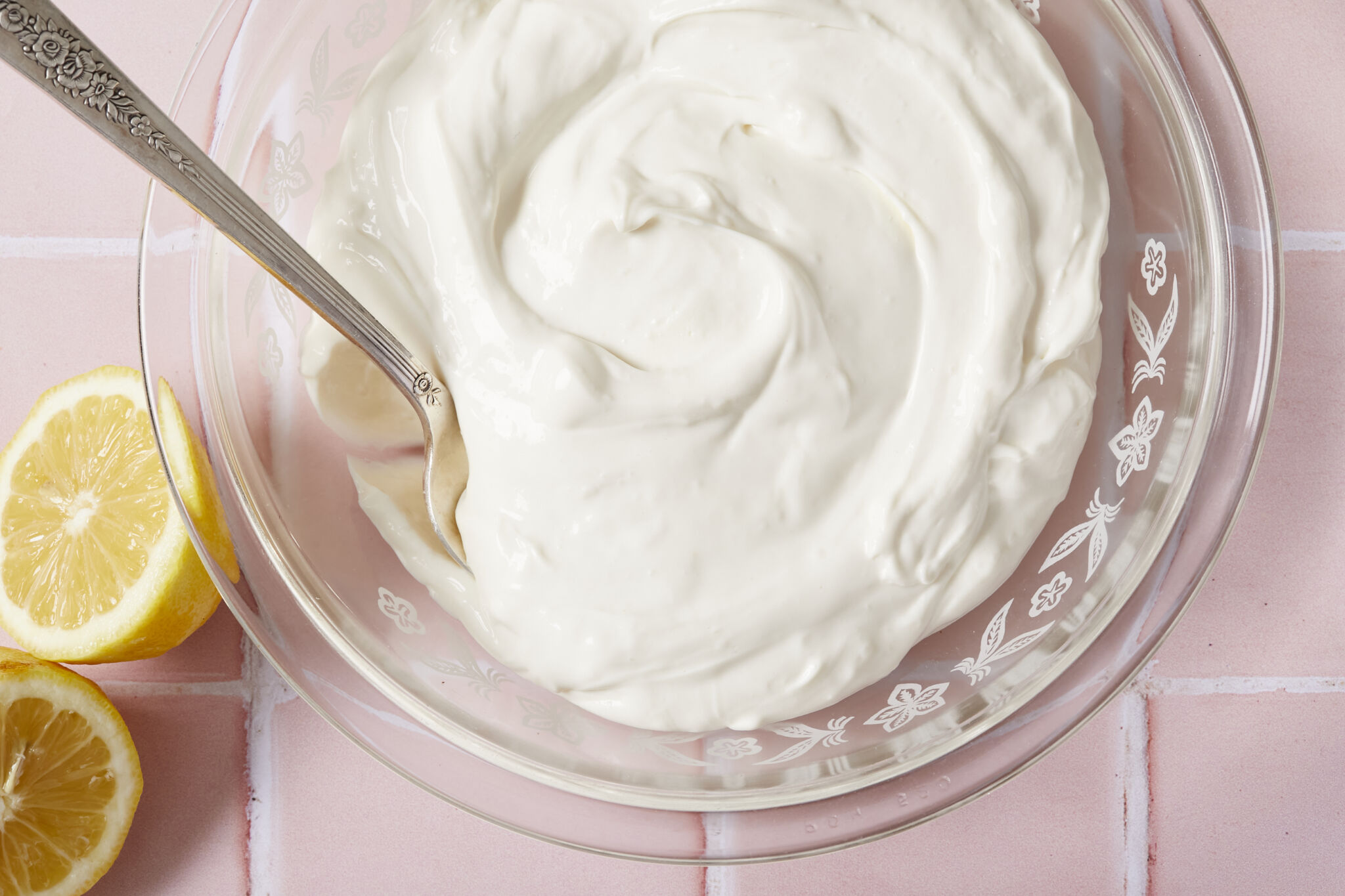
Cream cheese is a versatile and beloved dairy product that has become a staple in many households. Whether spread on bagels, used as a key ingredient in cheesecakes, or added to savory dishes for that creamy touch, cream cheese is a crowd pleaser. But how much do you really know about this delectable creation?
In this article, we will delve into 17 fascinating facts about cream cheese that will leave you craving for more. From its origins to its various flavors and uses, you will discover the intriguing world of cream cheese. So, get ready to expand your knowledge and explore the delightful secrets behind this creamy delight!
Key Takeaways:
- Cream cheese is a versatile ingredient that can be used in both sweet and savory dishes, providing a creamy texture and tangy flavor that enhances countless recipes. It’s also a good source of calcium for strong bones and teeth.
- Whether it’s spread on a bagel, used in a cheesecake, or whipped into a fluffy topping, cream cheese offers a wide range of flavors and uses. From savory dips to sweet desserts, this creamy delight is a must-have in any kitchen.
Cream cheese originated in the United States in the late 19th century.
Initially made by a dairyman named William Lawrence in New York, cream cheese quickly gained popularity and soon became a household favorite.
Cream cheese is made from a combination of cream, milk, and lactic acid culture.
This unique combination gives cream cheese its distinctive tangy flavor and creamy consistency.
Cream cheese is a versatile ingredient in both sweet and savory dishes.
From classic cheesecakes to creamy pasta sauces, cream cheese adds richness and depth of flavor to countless recipes.
Cream cheese is an excellent source of calcium.
Just one ounce of cream cheese provides approximately 10% of the recommended daily intake of calcium, which is essential for maintaining strong bones and teeth.
Cream cheese can be flavored with various ingredients, such as herbs, spices, fruits, or chocolate.
This allows for a wide range of options and flavors to suit different preferences and culinary creations.
There are reduced-fat and non-fat versions of cream cheese available.
These options offer a lighter alternative for those who are watching their calorie intake.
Cream cheese frosting is a classic topping for carrot cake and red velvet cake.
Its creamy and slightly tangy taste perfectly complements the sweetness of the cake.
Cream cheese can be whipped to create a light and fluffy texture.
Whipped cream cheese is ideal for spreading on toast or as a dip for fruits and vegetables.
Cream cheese can be a delicious addition to a cheeseboard.
Pair it with crackers, fresh fruits, and nuts for a delightful and satisfying snack.
Cream cheese can be used as a base for making homemade ice cream.
Its creamy texture and mild flavor make it the perfect ingredient for creating creamy and dreamy frozen treats.
Cream cheese can be stored in the refrigerator for several weeks.
Just make sure to tightly seal the container to maintain its freshness.
Cream cheese can be used as a filling for pastries, such as danishes and croissants.
Its creamy consistency and sweet yet tangy flavor elevate these baked goods to another level.
Cream cheese is a key ingredient in the famous New York-style cheesecake.
Its smooth and velvety texture creates the ultimate creamy and indulgent dessert.
Cream cheese can be used as a substitute for butter in certain recipes.
It adds moisture and richness to baked goods, resulting in a soft and tender texture.
Cream cheese is a popular ingredient in savory dips and spreads.
From buffalo chicken dip to smoked salmon spread, cream cheese adds a creamy and delightful element to these appetizers.
Cream cheese can be blended with fresh herbs to create a delicious and flavorful herb spread.
This versatile spread can be used on sandwiches, bagels, or as a dip for vegetables.
Cream cheese can elevate the taste of mashed potatoes.
By adding a dollop of cream cheese to your mashed potatoes, you’ll achieve a creamy and velvety texture that will have everyone coming back for seconds.
There you have it – 17 fascinating facts about cream cheese. From its humble beginnings to its vast array of uses, cream cheese continues to be a beloved culinary staple. So, the next time you indulge in the creamy goodness of cream cheese, remember these interesting facts that make it all the more special.
Conclusion
In conclusion, cream cheese is a versatile and delicious ingredient that has been enjoyed for centuries. It offers a rich and creamy texture along with a tangy flavor that can enhance a wide range of dishes. Whether used in savory recipes like cheesecakes or as a spread on bagels, cream cheese adds a delightful touch to any meal. With its wide availability and long shelf life, it has become a staple in many households. So next time you’re at the grocery store, be sure to grab a tub of cream cheese and explore the endless culinary possibilities it has to offer!
FAQs
1. Is cream cheese a dairy product?
Yes, cream cheese is a dairy product. It is made from a combination of cream and milk, which undergoes a fermentation process to create its distinct taste and texture.
2. Can cream cheese be frozen?
Yes, cream cheese can be frozen. However, it may alter the texture slightly, becoming slightly crumbly upon thawing. It is best to use frozen cream cheese in recipes rather than for spreading.
3. Is cream cheese gluten-free?
Yes, cream cheese is typically gluten-free. However, it is always important to check the label, as some brands may add gluten-containing ingredients or be processed in facilities that handle gluten.
4. How long does cream cheese last?
When properly stored in the refrigerator, cream cheese can last for about two weeks past its expiration date. It is important to ensure that the packaging remains sealed tightly to maintain its freshness.
5. Can I make my own cream cheese at home?
Yes, it is possible to make cream cheese at home using just a few simple ingredients. By combining cream, milk, and a culture starter, you can create your own creamy and delicious cream cheese.
Hungry for more cream cheese knowledge? Satisfy your curiosity by exploring Neufchatel cream cheese nutrition facts, perfect for health-conscious cheese lovers. Reduced fat cream cheese offers a tasty alternative with fewer calories, while light cream cheese nutrition facts reveal surprising benefits. Expand your cream cheese expertise and make informed choices for your culinary adventures.
Was this page helpful?
Our commitment to delivering trustworthy and engaging content is at the heart of what we do. Each fact on our site is contributed by real users like you, bringing a wealth of diverse insights and information. To ensure the highest standards of accuracy and reliability, our dedicated editors meticulously review each submission. This process guarantees that the facts we share are not only fascinating but also credible. Trust in our commitment to quality and authenticity as you explore and learn with us.


